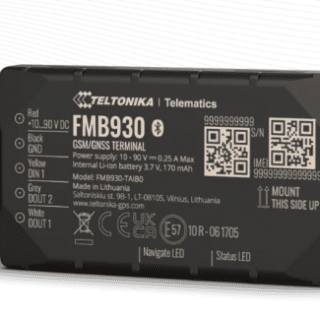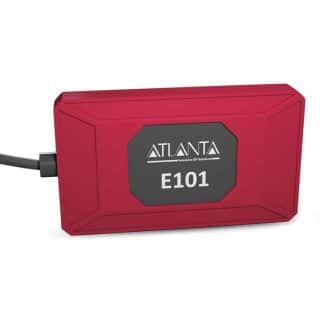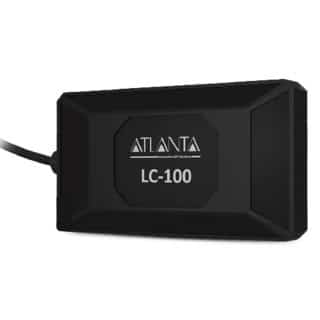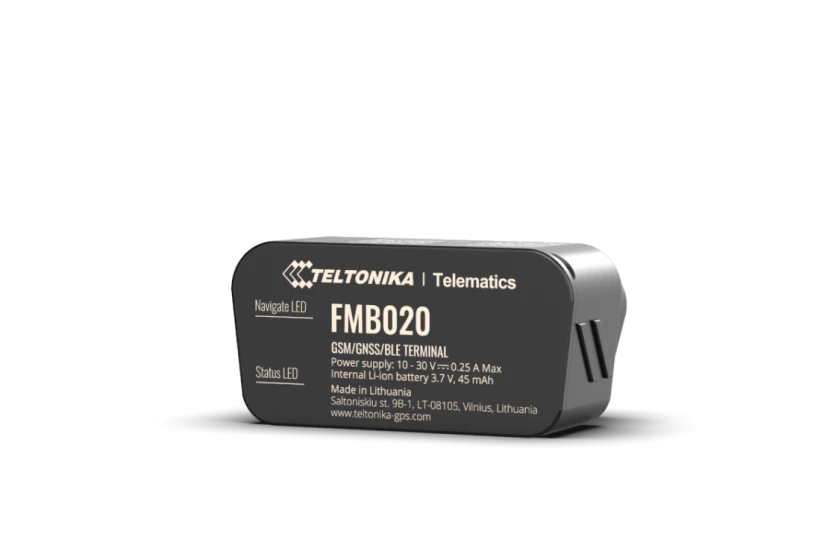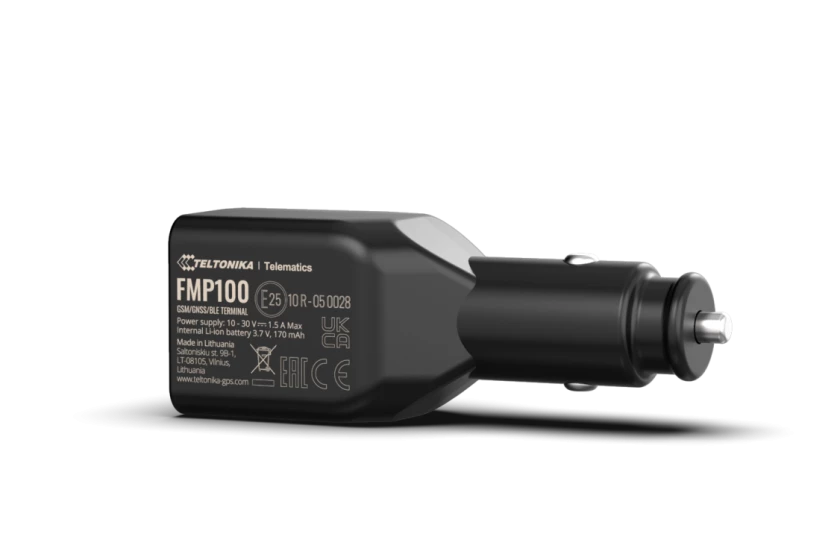Category
Popular
-
FMB 930
₹5,000.00Original price was: ₹5,000.00.₹4,200.00Current price is: ₹4,200.00. -
FMB 965
₹6,200.00Original price was: ₹6,200.00.₹5,500.00Current price is: ₹5,500.00. -
FMB 910
₹5,000.00Original price was: ₹5,000.00.₹4,000.00Current price is: ₹4,000.00. -
E-101
₹2,500.00Original price was: ₹2,500.00.₹2,000.00Current price is: ₹2,000.00. -
LC-100
₹4,000.00Original price was: ₹4,000.00.₹3,000.00Current price is: ₹3,000.00.

Point to Point Delivery Analytics
Route management with point-to-point delivery analytics for industries refers to a sophisticated system that leverages GPS technology and data analytics to enhance the efficiency of delivery routes and optimise the overall delivery process. The utilisation of this technology is applicable to enterprises across many scales, with particular advantages observed within sectors characterised by frequent and substantial delivery operations, including retail, e-commerce, and food delivery.
The operational framework generally functions in the following manner:
- The organisation inputs its delivery information into the system, encompassing the origins and destinations of pickups and drop-offs, the designated time frames for deliveries, and the capacity of the vehicles involved.
- The data is utilised by the system to develop delivery routes that are optimised.
- Subsequently, the routes are allocated to drivers, who are able to utilise the system in order to navigate towards their designated delivery destinations.
- The technology monitors the real-time progress of drivers and furnishes them with timely updates regarding traffic conditions and any other potential disturbances.
- In addition, the system gathers data pertaining to delivery performance, encompassing metrics such as delivery duration, fuel utilisation, and client contentment.
- Subsequently, the aforementioned data is subjected to analysis in order to discern certain areas that warrant enhancement.
Route management with point-to-point delivery analytics for industries provides several advantages, which encompass:
- One potential benefit of optimising delivery routes is the reduction of costs associated with fuel use and vehicle maintenance.
- Enhanced efficiency: Enterprises have the potential to enhance their delivery efficiency through the reduction of drivers’ on-road time and the augmentation of the number of completed deliveries within a given day.
- Enhanced customer satisfaction: The likelihood of customers expressing satisfaction with their delivery is higher when those deliveries are received punctually and in optimal condition.
The following are illustrative instances whereby the utilisation of route management using point-to-point delivery analytics proves beneficial for various industries:
- The implementation of a system can enable a retail organisation to enhance the efficiency of delivery routes for its fleet of delivery trucks. Implementing this strategy has the potential to result in a reduction in the company’s fuel expenses and an enhancement in its delivery effectiveness.
- The utilisation of the system can enable an e-commerce enterprise to enhance the efficiency of its last-mile delivery routes. Implementing this strategy has the potential to significantly decrease the company’s delivery expenses while simultaneously enhancing customer satisfaction metrics.
- The utilisation of a system by a food delivery company can facilitate the optimisation of delivery routes for its fleet of delivery bicycles. This measure has the potential to decrease the company’s delivery expenses and enhance its delivery effectiveness.
Route management with point-to-point delivery analytics is an invaluable tool for enterprises across many industries, regardless of their scale or size. Through the optimisation of delivery routes and the enhancement of delivery efficiency, organisations have the potential to decrease expenses, enhance customer happiness, and augment revenues.
Best offers
Join Risk Free
30 days refund
100% Safe
Secure Shopping
24x7 Support
Online 24 hours
Best Offers
Grab Now
Free Shiping
On all order over
Know Us

Optrack GPS is a GPS vehicle tracking solution that provides real-time tracking, reporting, and analysis for fleets of all sizes. It can be used to track cars, trucks, vans, buses, and other vehicles. Optrack GPS offers a variety of features
Read More